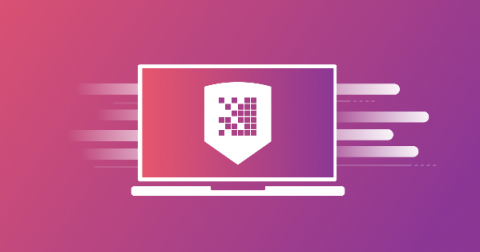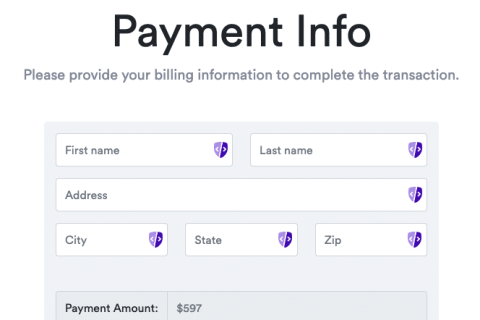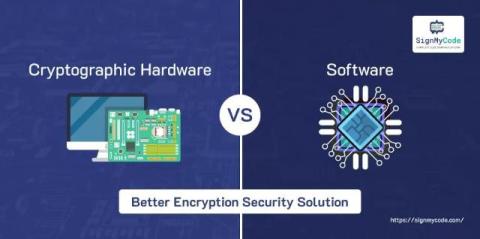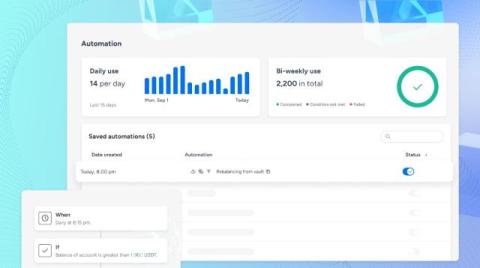Elevating Views of Risk: Holistic Application Risk Management with Snyk
As apps become more complex and development speeds up with DevOps, cloud-native tech, and AI, having a comprehensive approach to managing application risk is more important than ever. Traditional methods just aren’t cutting it anymore. Security teams are overwhelmed by vulnerabilities, and developers aren’t getting the guidance they need on what to focus on first. This gap between security and development is leaving apps more vulnerable.











